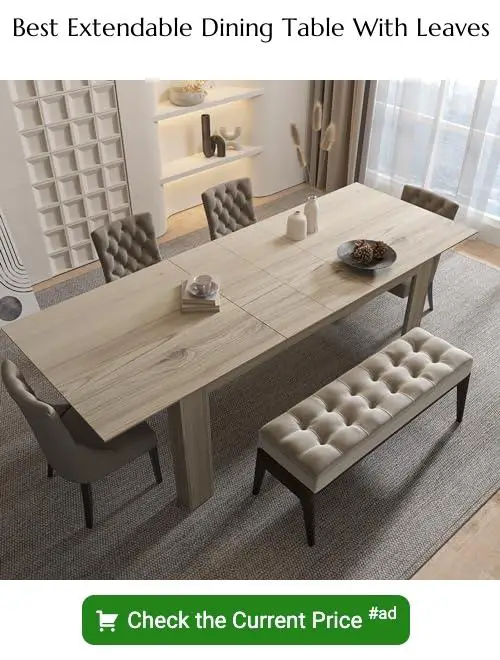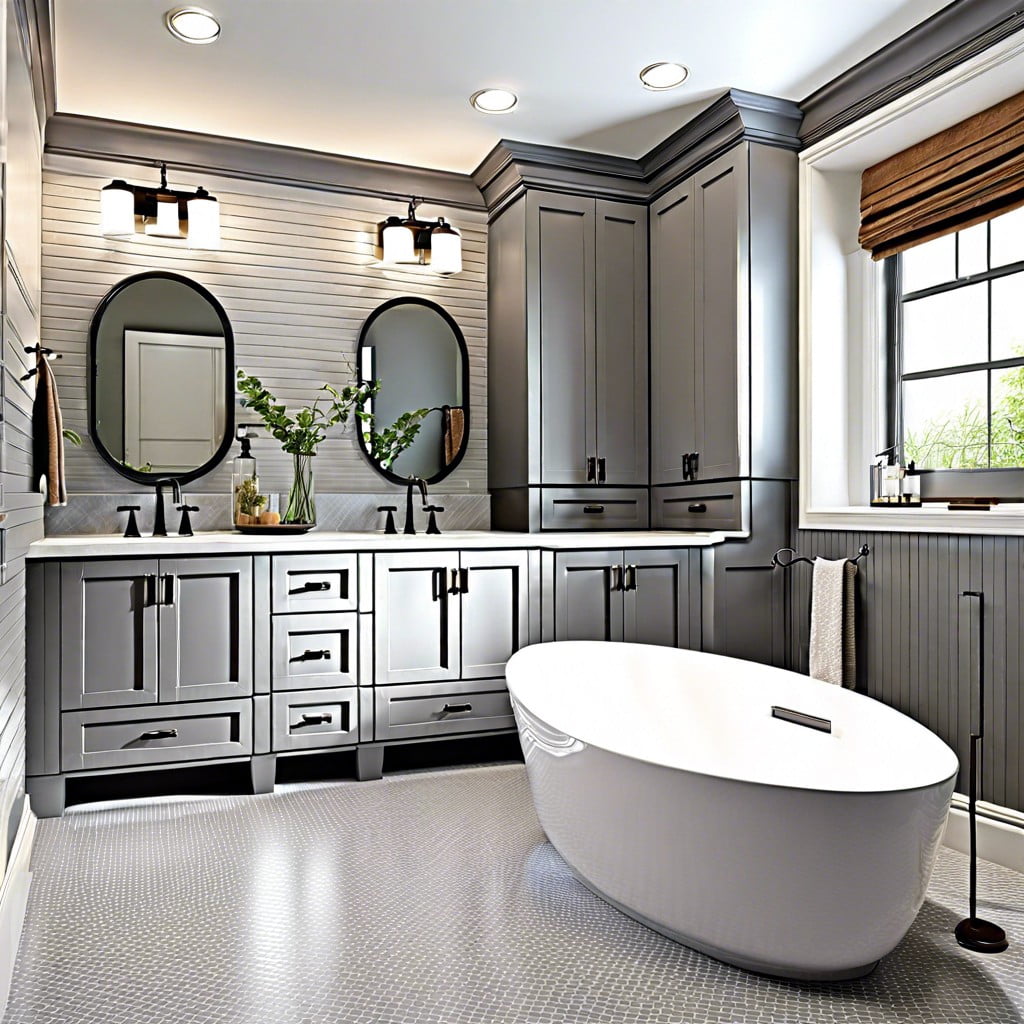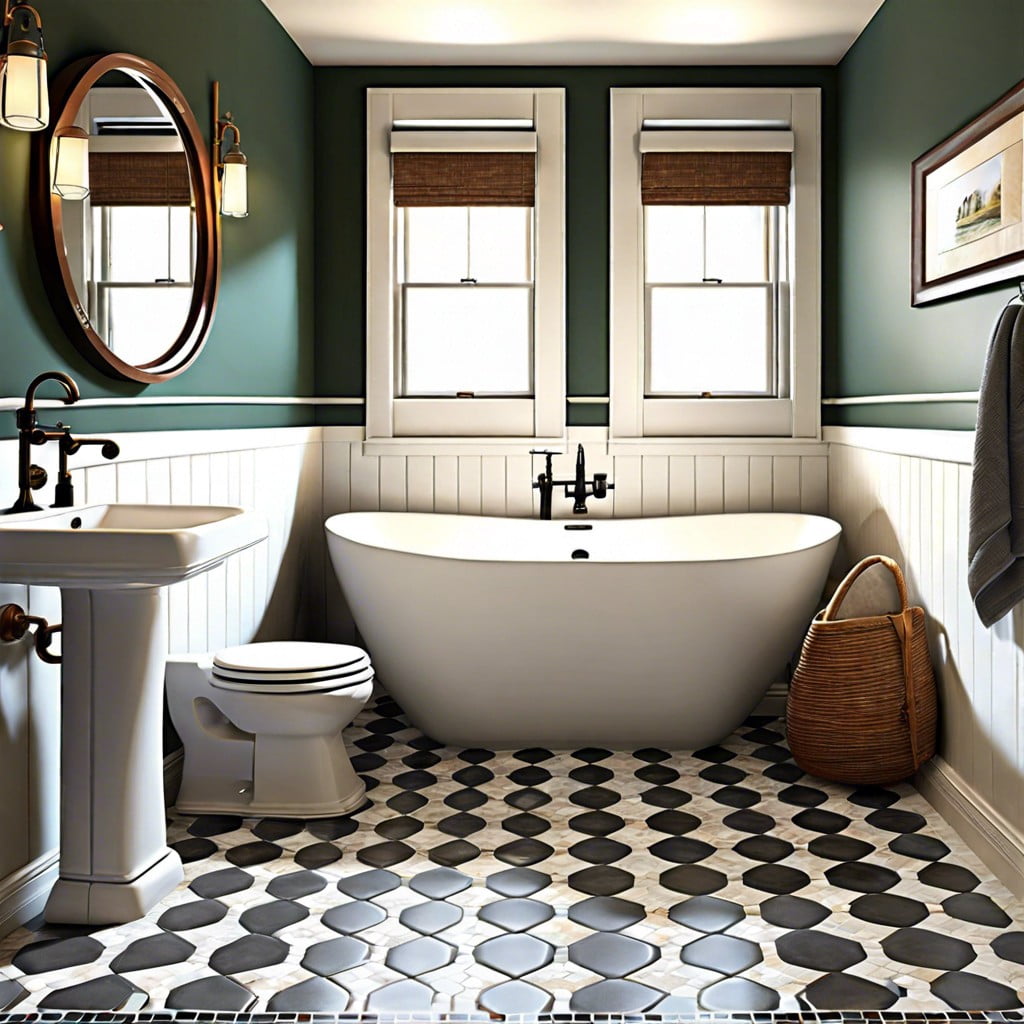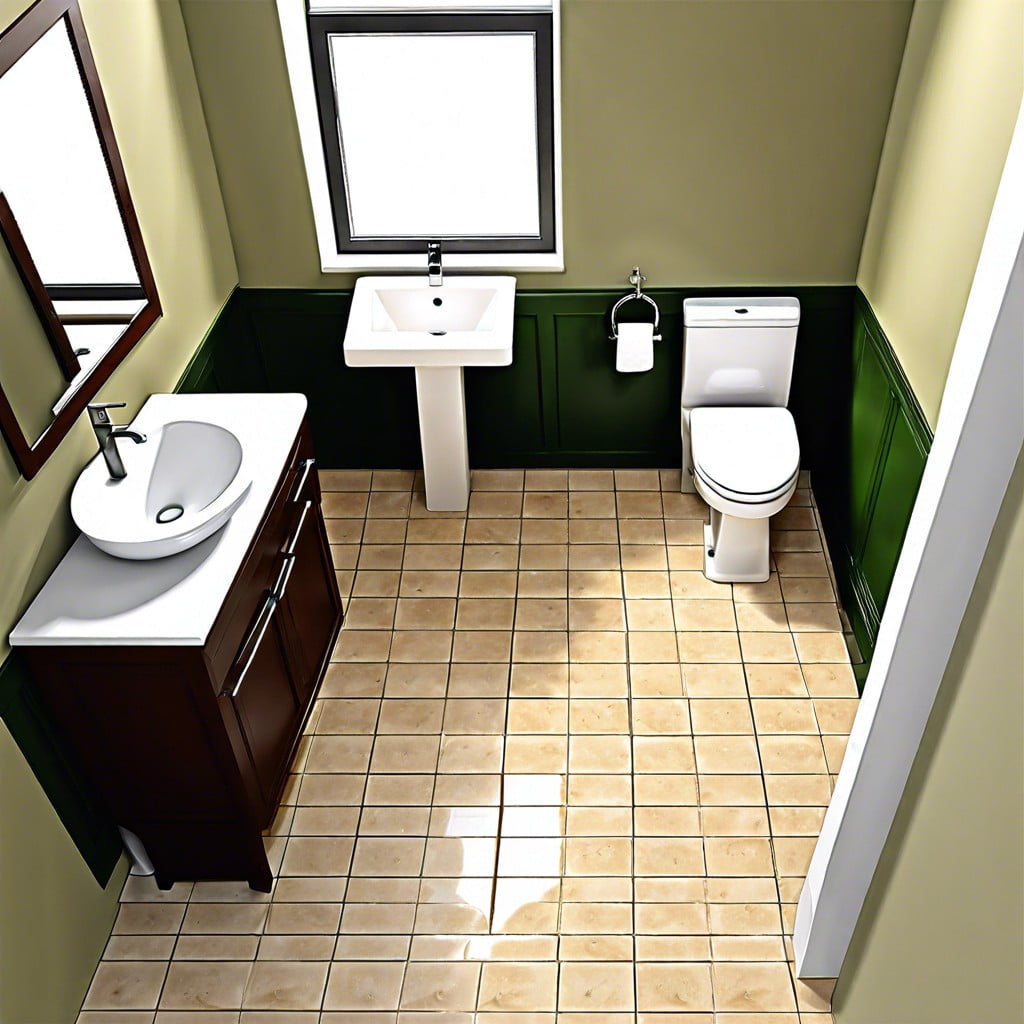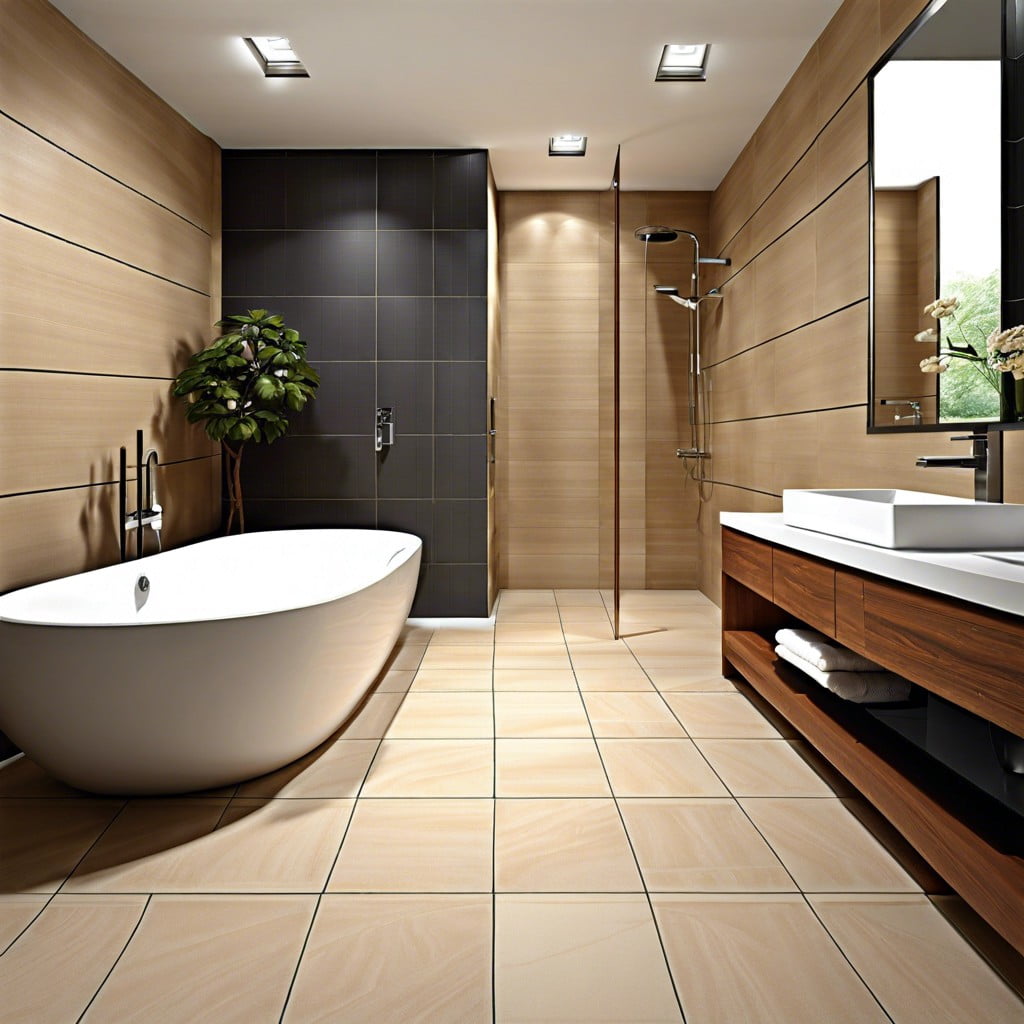Last updated on
Explore the world of dining table leaves because choosing the right one can make all the difference in maximizing space, enhancing your decor, and accommodating various gatherings comfortably at home!
Imagine effortlessly converting your intimate dining space into a grand table fit for a feast, all thanks to the magic of table leaves. These ingenious additions offer unparalleled versatility, ensuring that whether it’s a casual family meal or a large dinner party, your table is always just the right size.
From the elegance of drop leaves to the practicality of self-storing options, table leaves come in designs to suit every style and functionality need. With the promise of expandable dining space, cost-effectiveness, and clever space-saving, this article is your guide to understanding the various types of table leaves and how they can seamlessly integrate functionality with style into your home.
Whether you’re looking to revamp your current table or invest in a new one, you’ll find all the details here to make an informed decision.
Key takeaways:
- Versatility: Table leaves transform a cozy table into a larger one.
- Design: Different shapes match various table designs.
- Customization: Some tables accept multiple leaves for size adjustments.
- Types: Drop leaf, butterfly leaf, self-storing leaf, removable leaf, extension slides.
- Benefits: Expandable dining space, versatility, space-saving, economical choice.
Definition of a Table Leaf
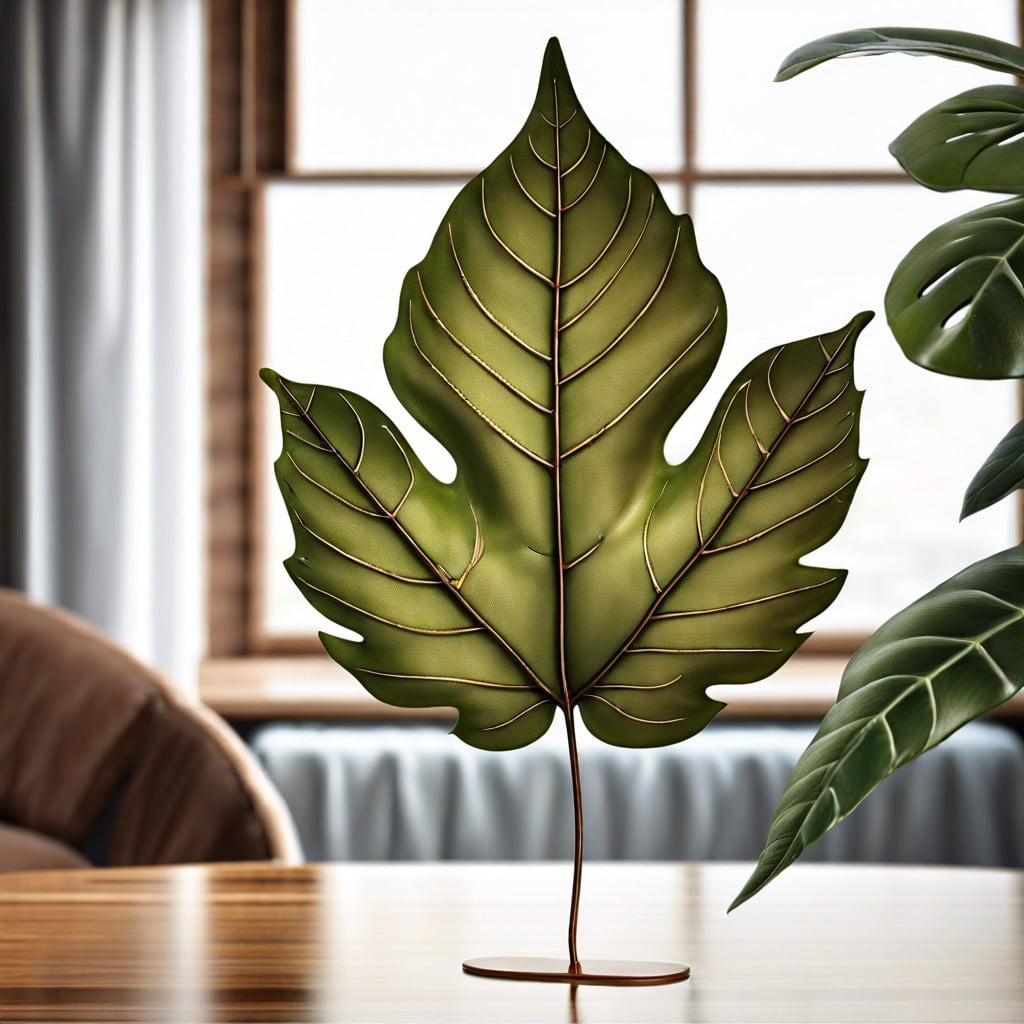
A table leaf is a removable flat section that fits into the middle of a dining table to extend its surface area and seat additional guests. Often, leaves are made from the same material as the table for a cohesive look.
Here are some key points to consider:
- Versatility: Leaves transform a cozy table for daily use into a larger one for special occasions.
- Design: They come in various shapes, such as rectangular or oval, to match different table designs.
- Operation: A table with leaves may have a gap in the middle or ends that pull apart, with a support system for the leaf when in use.
- Customization: Some tables accept multiple leaves, allowing for a range of size adjustments.
Types of Table Leaves
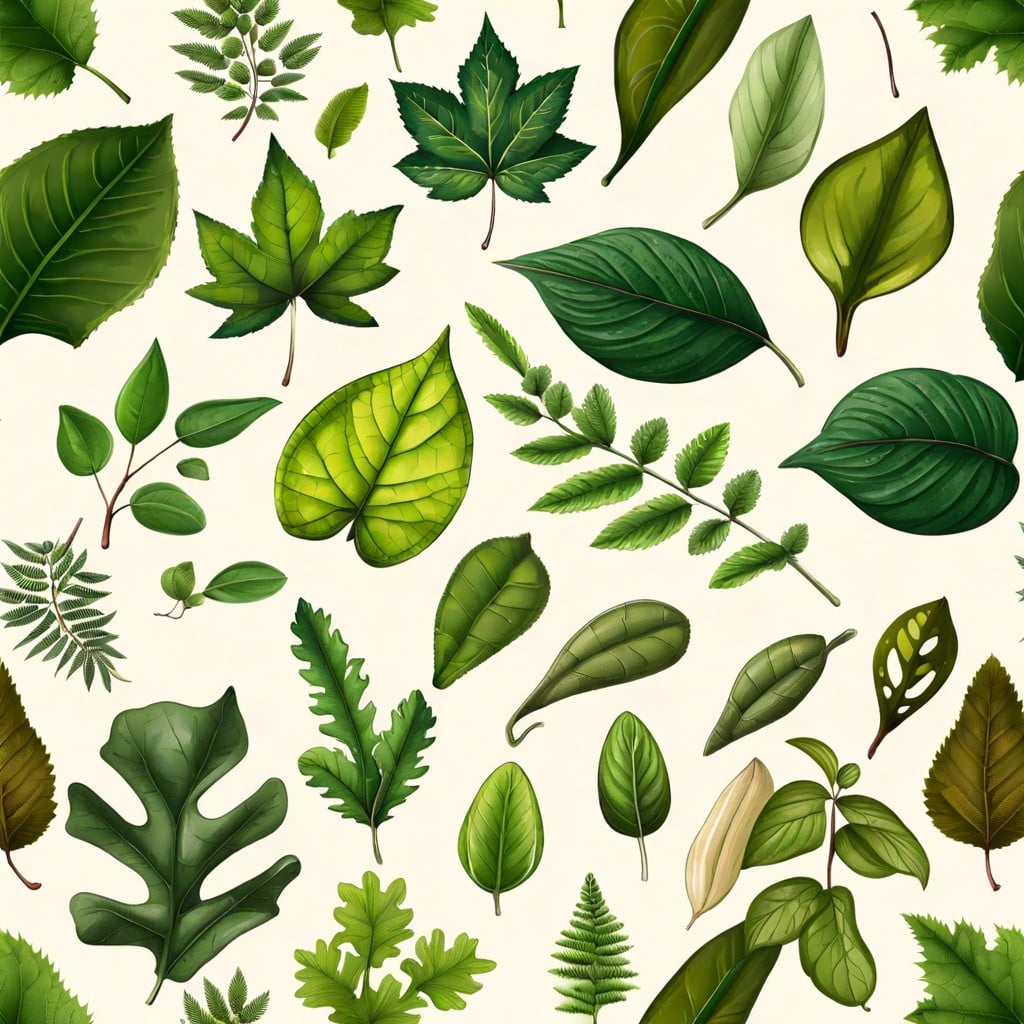
Understanding the different styles can help you choose the perfect fit for your dining area:
–Choosing the right type will depend on your space, style, and functional needs.
Benefits of Having a Table Leaf
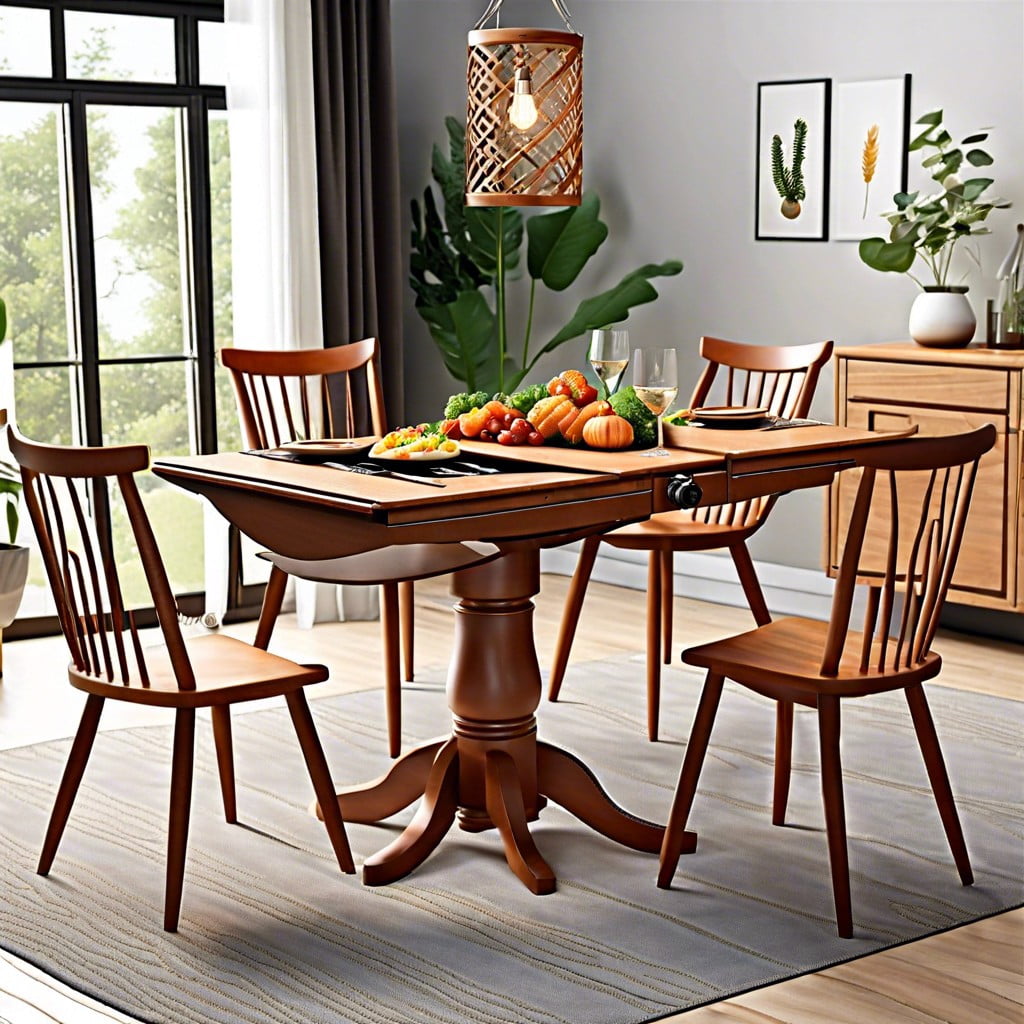
Expandable dining space is a game-changer for those who love to host. Whether it’s an impromptu dinner party or a festive holiday feast, a table leaf ensures everyone has a spot at the table without crowding. During quieter times, simply remove the leaf for a more intimate setting that better fits your daily life. Versatility is at the heart of this feature, easily adapting to your needs and the number of guests. Better yet, it’s a space-saver in small homes or apartments, where flexibility can make the difference between a cramped room and a comfortable, functional living space. Plus, it’s an economical choice, saving you from purchasing multiple tables for different occasions.
Determining the Size of a Table Leaf
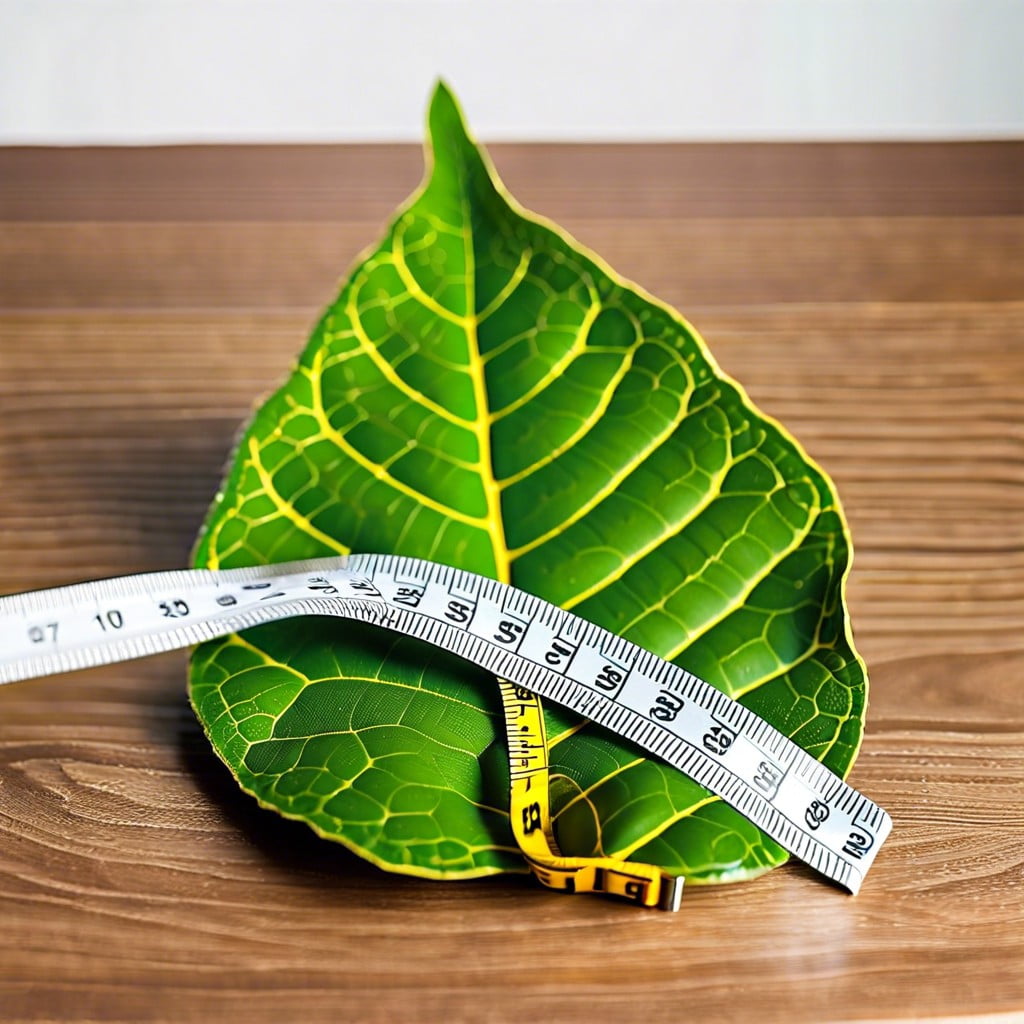
To ensure a perfect fit, measure the gap between the table halves without the existing leaf, if applicable. Add 1-2 inches for a snug fit.
For custom leaves or tables without a leaf, consider the maximum table length your space allows, allowing for chair and guest movement.
Keep in mind standard leaf widths are typically 12, 18, or 24 inches – choosing one of these sizes could be more cost-effective and readily available.
If in doubt, consult a furniture specialist to avoid sizing errors.
How to Store Table Leaves When Not in Use
Storing your table leaves correctly ensures they remain in pristine condition for your next gathering. Opt for a cool, dry place away from direct sunlight to prevent warping and fading.
Vertical storage racks designed for table leaves are ideal as they minimize the footprint and reduce the risk of scratching. If space is scarce, slide them under the bed or couch, protected by soft cloth covers.
For leaves that don’t detach, consider custom-fitted pads that allow you to keep them in place without damage. Always avoid damp basements or hot attics where temperature fluctuations can cause expansion or contraction.
Remember, proper storage is as much about maintaining shape and function as it is about preserving the leaf’s finish and wood integrity.
Step-by-Step Guide to Installing a Table Leaf
Ensure your table is clean and clear of any items before starting the installation. Locate the gaps at the center or ends of the table where the leaf will be inserted.
Pull each side of the table apart, gently but firmly, until there is enough space to accommodate the leaf. If your table has a locking mechanism, make sure to unlock it before pulling the table apart.
Align the leaf with the corresponding pegs and holes on the table to ensure a secure and stable fit. Carefully lower the leaf into the opening, making sure it’s level with the rest of the table. If the leaf has any additional hardware or locks, secure them now to prevent the leaf from moving during use.
Push the two halves of the table towards the leaf, eliminating any gaps for a seamless look. Once fully aligned, lock the table, if applicable, to keep the leaf in place. Give the leaf a gentle wiggle to ensure it’s properly installed and secure.
Your table is now ready to accommodate your guests or additional items comfortably.
Caring for Your Table Leaves
Extend the life and beauty of your table leaves with proper care:
- Dust regularly using a soft cloth to prevent buildup of grime.
- Use coasters and placemats to defend against heat and moisture damage.
- Quickly wipe up any spills to avoid stains and wood warping.
- Treat with a suitable polish to enhance the wood’s lustre and prevent drying out.
- Avoid placing table leaves in direct sunlight to prevent color fading.
- Do not store near heat sources like radiators which can cause wood to split.
- Wrap leaves in breathable fabric when storing to protect against scratches and dust.
Popular Wood Choices for Table Leaves
When selecting a wood for your table leaf, the key is durability and aesthetic appeal. Oak stands out for its strength and classic grain patterns, ideal for a traditional look.
Pine, on the other hand, offers a softer wood choice with a homey feel, perfect for rustic settings.
For those leaning towards luxury, mahogany boasts a rich color and fine grain, exuding elegance.
Cherry wood is revered for its reddish hue that deepens with age, making it a striking choice that also withstands wear and tear.
Lastly, maple brings a light color palette to the table, along with its reputation for resistance to scratches and dents, fitting well in both contemporary and traditional spaces.
Each wood type brings its unique character to your table, so choose one that aligns with your décor and lifestyle needs.
DIY Tips: Making Your Own Table Leaf
Measure twice, cut once. Accurate measurements of both your table and the desired leaf ensure a seamless fit.
Select the right wood. Match the type and grain of the wood to your existing table for a cohesive look.
Use proper tools. A circular saw, drill, and sandpaper are essential for cutting, assembling, and smoothing your leaf.
Consider support. Build or purchase table leaf locks and brackets to keep the leaf secure and level when in use.
Finish to match. Stain or paint your leaf to match the existing table finish, and don’t forget to seal it to protect against wear and tear.
Test the fit. Before finishing, place the leaf in the table to test for fit and make any necessary adjustments.
Troubleshooting Common Issues With Table Leaves
Encountering difficulty when inserting or removing your table leaf can be a common frustration. A bit of troubleshooting can often remedy the issue.
For a leaf that sticks, applying a bit of beeswax or candle wax along the sliders or the tracks can ease movement. If the leaf doesn’t fit quite right, check the alignment of the pins and the holes; misalignment can be due to shifted table parts over time. Tighten any loose screws or brackets to ensure stability.
Should the leaf sag, you might need to adjust the table’s support arms or aprons to provide proper leveling and support. When gaps appear between the leaf and the main table, it’s often due to changes in humidity causing wood to expand or contract. Using a humidifier or dehumidifier to manage the room’s environment can mitigate this issue. Remember, consistent care and occasional adjustments keep your table leaf functioning smoothly.
FAQ
Is it table leaves or leafs?
The correct term is ‘table leaves.’
Why do they call table leaves leaves?
The term "leaf" in the table leaf originates from the 16th century, signifying the resemblance of the hinged section of the table to a leaf when it is folded down.
What do you call a dining table with leaves?
A dining table with leaves is known as a refectory table.
What does it mean to put a leaf in the table?
Putting a leaf in the table refers to increasing the size of a dining table by adding an extension piece to accommodate more people.
How can one properly store and care for table leaves?
Table leaves can be properly stored and cared for by wrapping them in a soft cloth or blanket and storing them in a cool, dry place where they won’t be subjected to extreme temperatures or humidity.
What materials are commonly used to make table leaves?
Table leaves are typically made from materials such as wood, particleboard, MDF (Medium-Density Fibreboard), and metal.
What are some ingenious design ideas for integrating table leaves into a dining space?
Ingenious design ideas for integrating table leaves into a dining space include using them as wall art when not in use, creating a built-in storage compartment in your dining table, or transforming them into a functional bar cart.
Recap
